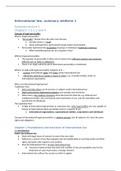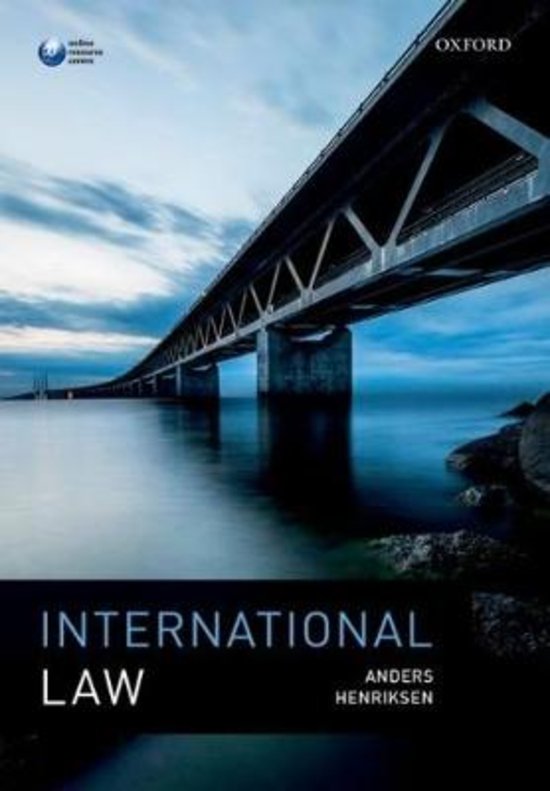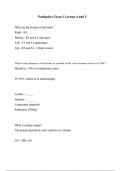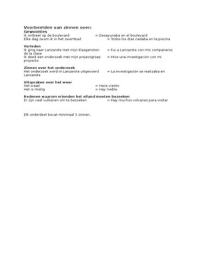Resume
International law, summary (midterm 1), TLS
- Cours
- Établissement
- Book
Een samenvatting van de verplichte literatuur voor het vak International Law. Deze samenvatting is inclusief alle hoorcollege- en werkcollege- aantekeningen. Boek: International Law by Anders Hendriksen De hoofdstukken: Lecture 1: Chapters 1.1-1.2 and 14 Lecture 2: Chapters 2, 3, 13 Lecture 3: Ch...
[Montrer plus]













